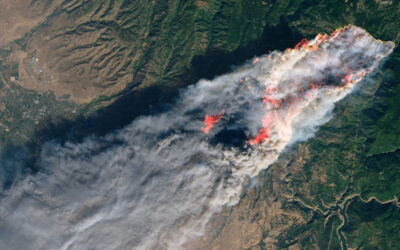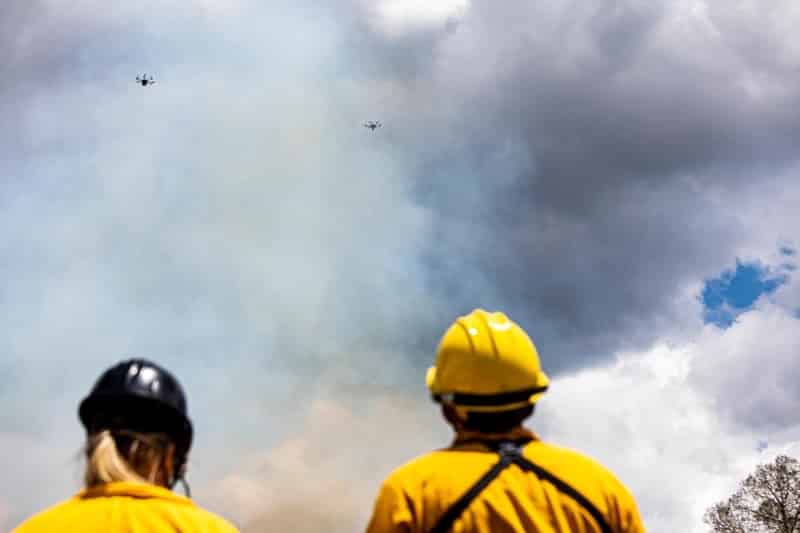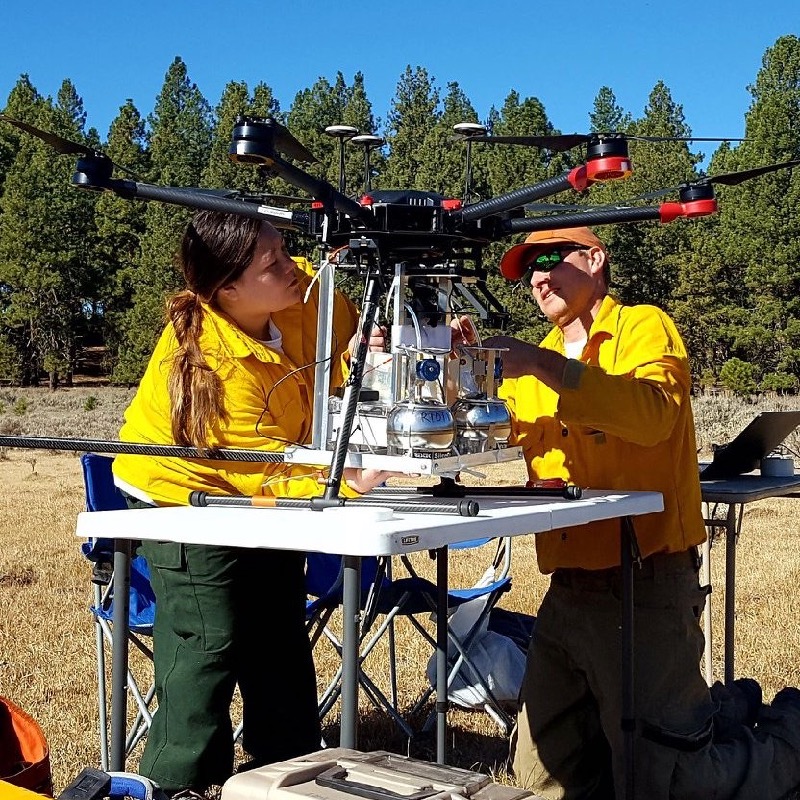With a new $2 Million grant from the National Science Foundation, an interdisciplinary team of researchers including Adam Watts, Ph.D. of the Desert Research Institute (DRI) in Reno are initiating an effort to develop new tools for assessing and mitigating wildfire...
Into the Plume: Advancing Fire Science Using Drone Technology
Photo: Drone pilots look toward their aircraft flying through the smoke. Credit: DRI's Dave Vuono. Fire science research using drone technology at DRI “It was sort of like a deep-sea exploration, with a submarine scanning the ocean floor,” said DRI research technician...
Airborne Systems Research and Environmental Testing at DRI
Visit DRI’s Northern Nevada campus on a clear afternoon, and you may hear a near-deafening buzzing. A massive swarm of bees? Thankfully, no—it's an unmanned aircraft system (UAS), or drone, being flown by researchers from DRI’s Airborne Systems Testing and...


